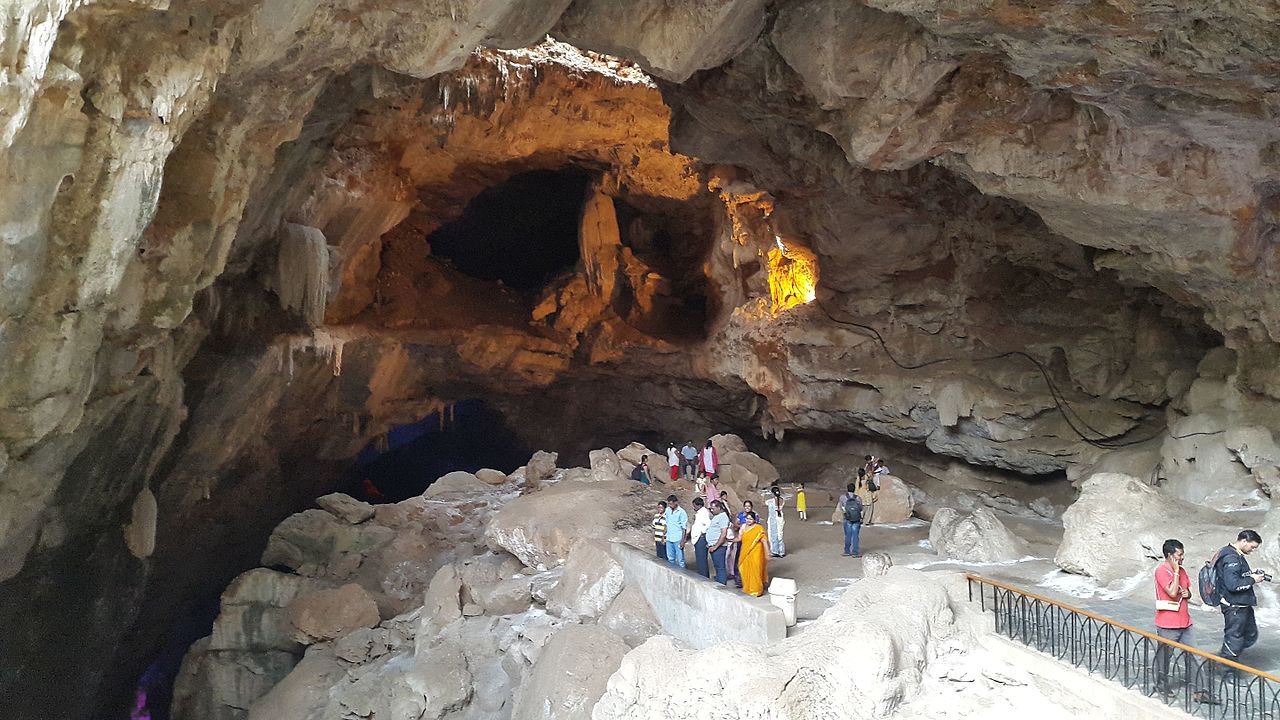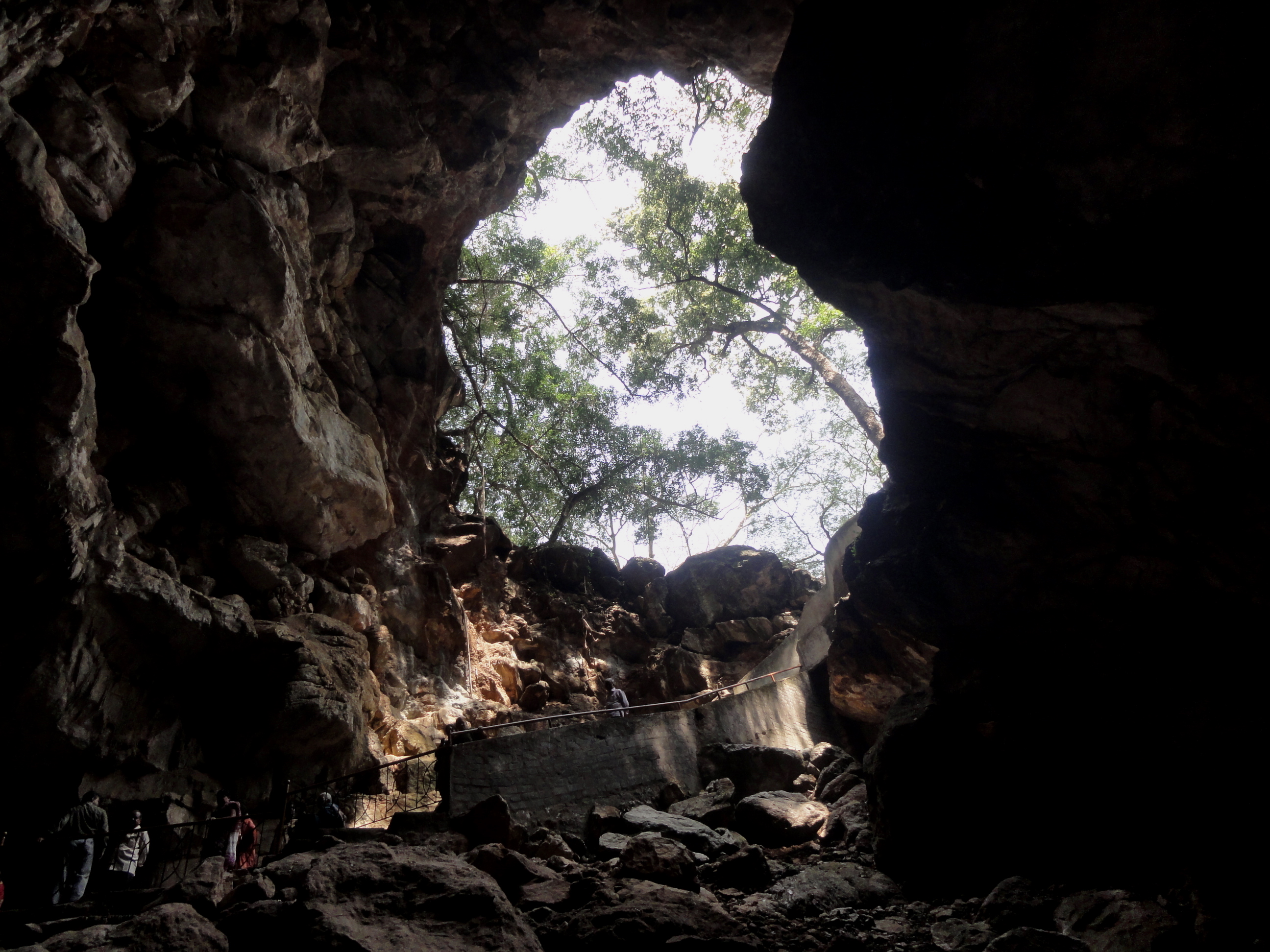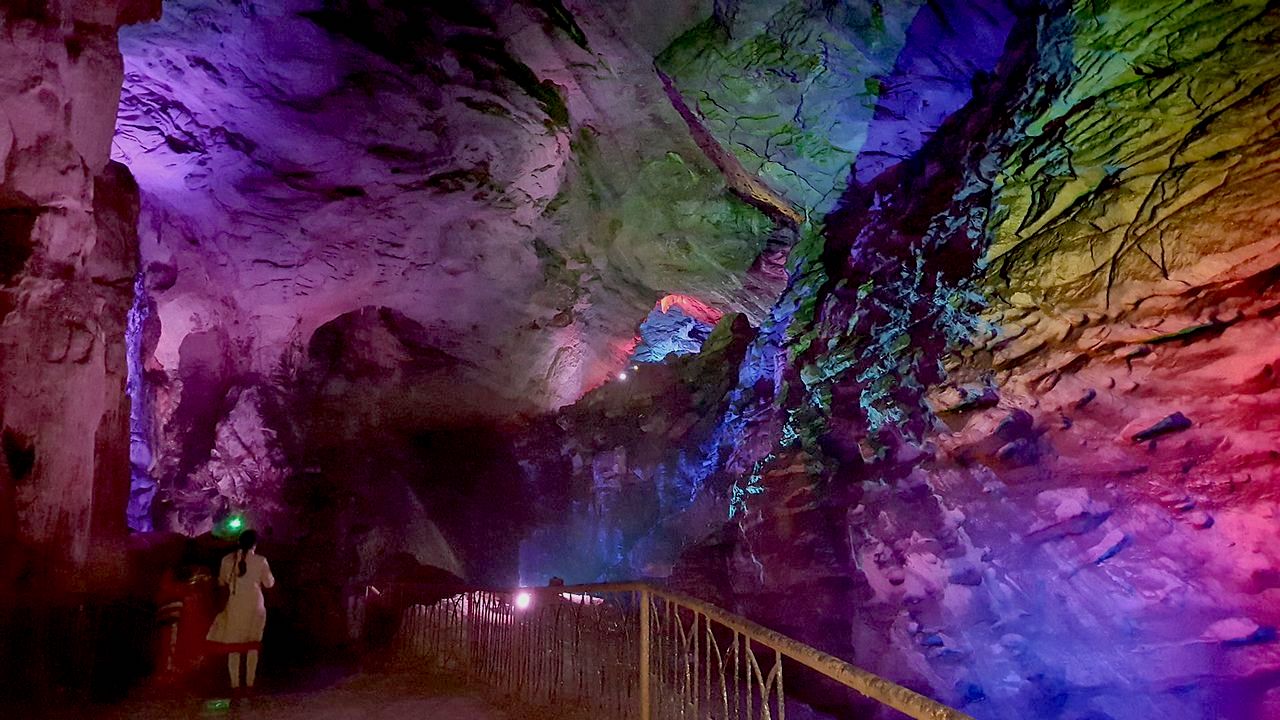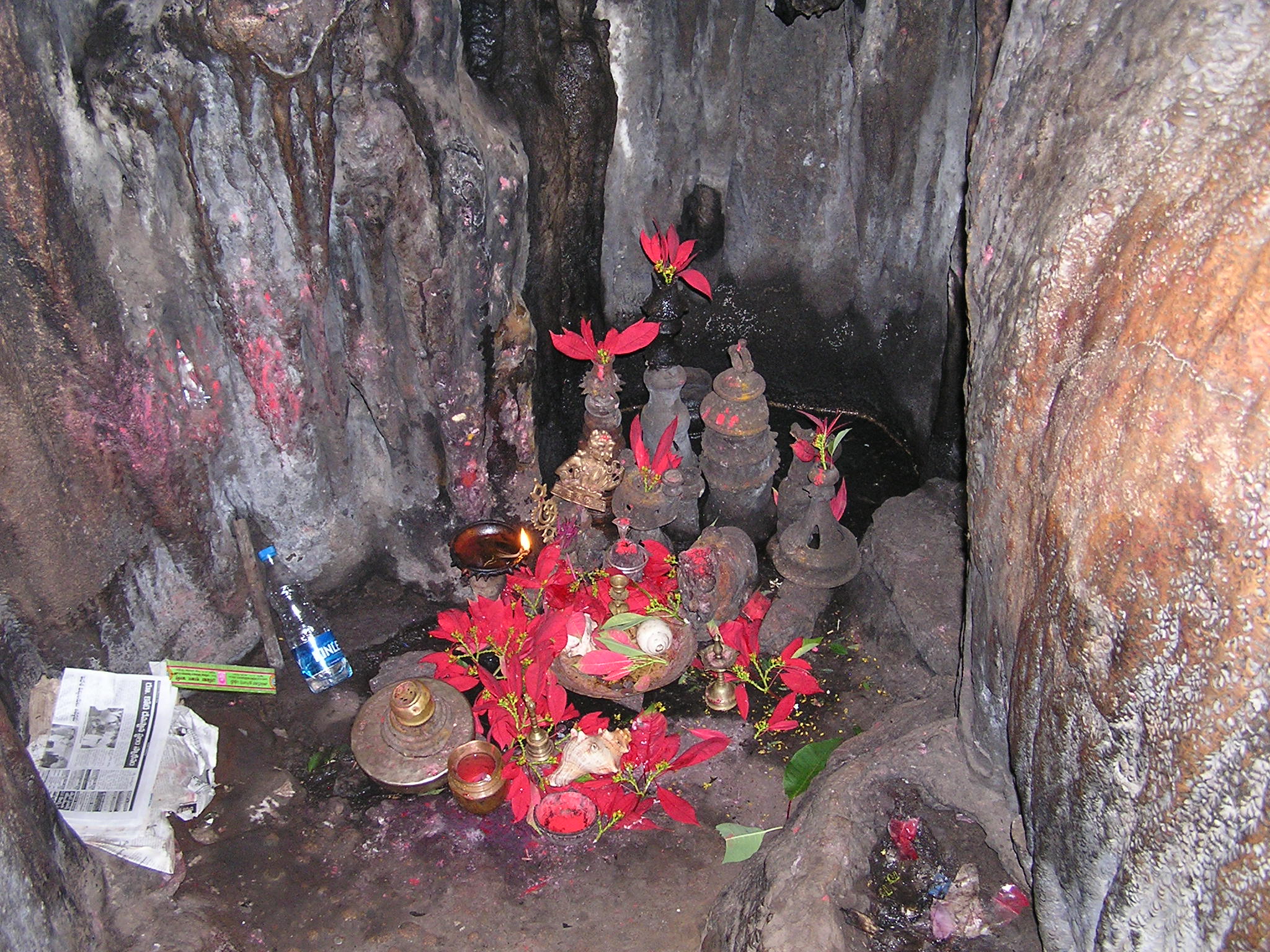150 Million Years in the Making, This Natural Wonder in AP Is a Must See!
Interestingly, the site finds hardly any mention in the tapestry of Indian history and was only discovered in 1807, by a British geolist under the Geological Survey of India.

Replete with a rich cultural heritage, Andhra Pradesh is a state that has much in store for those who love to travel.
From ancient temples to a beautiful stretch of coastline, the Deccan state has an interesting amalgamation of tourist spots that are flocked by visitors every passing year.
While most of us are well acquainted with the likes of Sri Venkateshwara temple in Tirupati and the serene environs of Pulicat Lake, it is highly unlikely that one would have heard of the Borra Guhalu or Borra caves.
Derived from the Odiya word Borra which means a hole and Telugu word Guhalu which means a cave, the 150 million-year-old limestone caves are amidst the lesser known wonders of India that seldom finds a mention in the list of places to visit.
Nestled amidst the hills of Ananthagiri forest reserve near Araku valley, Borra caves are believed to be the deepest caves in the country, besides being one of the largest natural ones.

With just the entry measuring up to a good 100m horizontally and 75m vertically, one needs to brace themselves for the sheer magnanimity of the colossal structure – that goes back to almost to the dawn of Earth.
Interestingly, the caves found hardly any mention in the tapestry of Indian history and was only discovered in 1807, by a British geolist under the Geological Survey of India.
Following many excavations in the caves in the late nineties, anthropologists from Andhra University chanced upon few stone tools from the middle Palaeolithic period, which they have corroborated as dating back to at least 30,000 to 50,000 years and clearly indicating early human inhabitations in the region.
While one cannot help being amazed by its vastness, it is only when one descends into the ethereal depths of the caves that one understands the true meaning of a natural wonder.

What awaits you is a breathtaking view of irregularly structured stalagmites and stalactites that was illuminated by state tourism department in 1993.
With light and shadow playing games with one’s imagination, these formations take different shapes at different angles, leaving tourists and visitors confounded. However, some of the most commonly identified shapes include Shiva Parvati, mother-child, the human brain, tiger, crocodile, cow’s udder, etc.
The formations that one sees here have taken shape over many millennia—the reason being the flow of Gosthani river through the caves.

For those unaware, stalagmites and stalactites are secondary mineral deposits formed in a cave through water percolation by a nearby water source. While the former is more like shapeless mounds piled on the floor of the cave, the latter trickles down from the ceiling and looks like icicle-like structures.
Being quite deep, there are areas in the vast stretch of the caves where there is hardly any natural light penetration. A phenomenon commonly observed in the deepest trenches of the oceans, this makes Borra caves more fascinating and yes, spooky as well.
Besides being a geological marvel, the caves are home to a Shiva temple erected in one of its deepest nooks. In fact, the residing deity is a Shiva Linga that was found in the caves itself, and is accompanied by a naturally formed stone structure of a cow, which is now revered as Nandi.
Despite being one of the darkest crannies, one would always find a priest performing his sacerdotal duties here.

Like most historic and ancient sites, Borra Caves too have several legends associated to its name. One of the most popular ones revolves around a cow that fell through a hole on the roof of the cave while grazing.
The 200-feet drop, which could have easily killed the animal, seemed to have no effect on the bovine. After hearing the moos of his cow that seemed to come from somewhere beneath, the cowherd stumbled upon the caves.
Exploring further, he came across a Shiva Linga-like formation which he believed must have saved his cow. Upon reaching back to his village, he recounted the incident to the villagers. Soon after, they started treating the caves as a holy place, a practice that continues to this date.
In fact, every year during the auspicious day of Maha Shivratri, tribal communities from Andhra Pradesh and Odisha flock to Borra caves to celebrate their revered god.

The humble Borra caves continue to stand the testimony of time, just the way it has over the past 150 million years. And probably will continue to outlive the human race.
If you happen to make a trip to Andhra Pradesh, make sure that you don’t miss this wonderful marvel of nature.
Like this story? Or have something to share?
Write to us: [email protected]
Connect with us on Facebook and Twitter.
NEW: Click here to get positive news on WhatsApp!
If you found our stories insightful, informative, or even just enjoyable, we invite you to consider making a voluntary payment to support the work we do at The Better India. Your contribution helps us continue producing quality content that educates, inspires, and drives positive change.
Choose one of the payment options below for your contribution-
By paying for the stories you value, you directly contribute to sustaining our efforts focused on making a difference in the world. Together, let’s ensure that impactful stories continue to be told and shared, enriching lives and communities alike.
Thank you for your support. Here are some frequently asked questions you might find helpful to know why you are contributing?


This story made me
-
97
-
121
-
89
-
167











